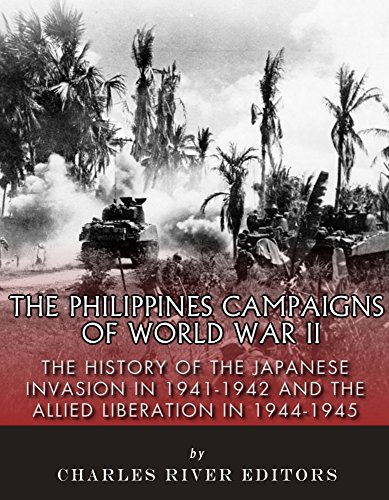The Philippines Campaign of 1944-1945: The History of MacArthur's Return and the Allied Liberation of the Philippines
Appliances
Arts, Crafts & Sewing
Automotive
Baby
Beauty
Books
CDs & Vinyl
Collectibles & Fine Arts
Cell Phones & Accessories
Clothing, Shoes & Jewellery
Computers
Electronics
Health & Personal Care
Home & Kitchen
Industrial & Scientific
Luggage & Travel Gear
Musical Instruments
Office Products
Patio, Lawn & Garden
Pet Supplies
Software
Sports & Outdoors
Tools & Home Improvement
Toys
Video Games




![United States Army in WWII - The Pacific - Leyte: The Return to the Philippines [Illustrated Edition]](https://images-na.ssl-images-amazon.com/images/I/51EbBY9r3%2BL._SL160_.jpg)

